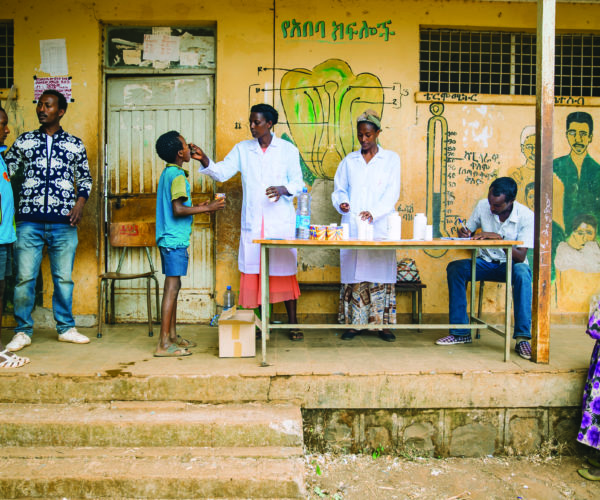Detroit Grand Bargain
September 25, 2018
The Detroit “Grand Bargain” is an example of a group of philanthropic actors who collectively worked together and focused their efforts on one geographic area: the city of Detroit, Michigan. Detroit had accumulated over $18 billion in debt, largely due to unpaid pension and benefit claims that the city was unable to fulfill for myriad reasons, including the decline of the automobile industry and large numbers of residents leaving the city. With no other option in sight, Detroit’s only relief was to file Chapter 9 Bankruptcy in July 2013.
Judge Gerald Rosen was appointed by the Bankruptcy Court to oversee the numerous conflicts between Detroit and its creditors. The creditors were leaning toward auctioning the Detroit Institute of Art’s valuable collection to resolve their claims in full. However, there were concerns that the disassembling of the museum would ruin the revitalization already underway in that area of the city, in addition to potential legal and political implications of such an action. Judge Rosen started brainstorming ideas to bring “new money” into Detroit by instead leveraging the art with the creation of an art trust. He shared this idea with Mariam Noland, president of the Community Foundation for Southeast Michigan, and she offered to convene some colleagues to listen to the plan.
Thus, four months after Detroit filed for bankruptcy, leaders from 12 foundations met with Judge Rosen and his team to discuss how philanthropy could play a role in resolving this situation. During this meeting, Judge Rosen realized that not all of the foundations supported the arts and therefore might not be willing to contribute to an art trust. He recognized, however, that everyone was attending that meeting because of their shared interest in Detroit. The discussion shifted from supporting the art trust to investing in Detroit’s future. “Whatever the mission and program priorities, each foundation found a way to see the overarching goal as central to their work: If Detroit failed, all of their efforts to improve programs and neighborhoods, and address issues and causes would be undermined.”[1] This new focus helped to align the foundations’ leaders.
Within sixteen months of filing bankruptcy, the city of Detroit was able to settle its claims. The foundations, which included the Community Foundation for Southeast Michigan and the Ford, Kresge, W.K. Kellogg, Knight, William Davidson, Charles Stewart Mott, Hudson-Webber, and Erb Family Foundations among others, agreed to provide $370 million. Judge Rosen leveraged these philanthropic commitments to secure an additional $350 million from the State of Michigan. The then-Governor of Michigan leveraged the State’s commitment to receive $100 million from the Detroit Institute of Art, and in turn, the Institute gained its independence from the city.
This collaborative’s success relied on open and honest conversations, sharing ideas to get broad buy-in, working fast and being adaptive, uncovering a shared vision in investing in the future of Detroit and its residents; and understanding that investing in the future of the city needed a decades-long commitment. The Detroit “Grand Bargain” is an example of how foundations can be leaders when helping to resolve complex issues, be adaptive to the situation, take risk, and support substantial change when looking at the future.
_______________________________________
[1] Ferris, James M. “Detroit’s Grand Bargain: Philanthropy as a Catalyst for a Brighter Future.” The Center on Philanthropy & Public Policy. University of Southern California. June 2017.
Back to News


